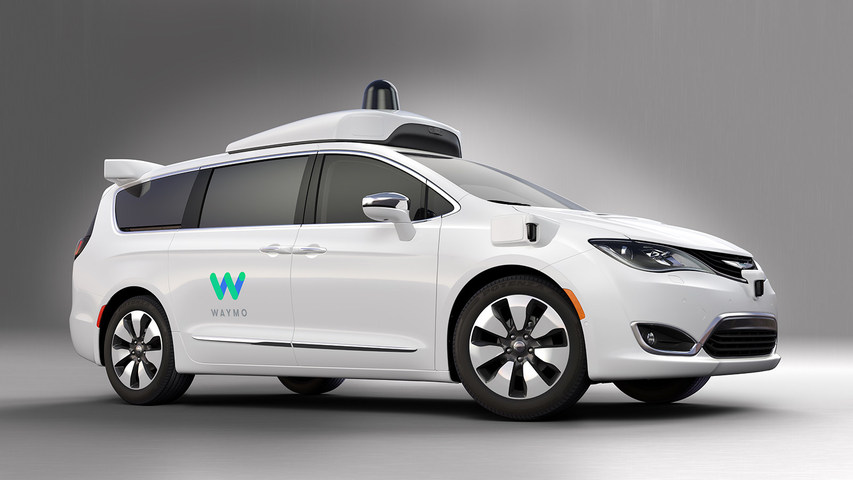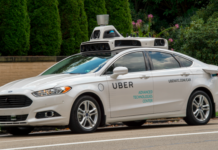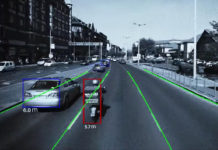What happens when self-driving cars gets into an accident?
Alphabet’s self driving car division Waymo has been testing its fleet of robot cars in four states across the country — Washington, California, Arizona, and Texas — and it has started to work with local law enforcement agencies and first responders to figure out what to do after a collision and create new protocols.
That includes what a fully driverless car should do when it hears a siren coming toward it — yes, Waymo driverless cars can hear — as well as how police officers, or first responders can access the cars in emergency situations.
In a new 43-page report (pdf) that Waymo published Thursday, the company detailed some of its efforts to respond to (and avoid) collisions. Those efforts can be broken up into three parts: How the cars stop in unsafe working conditions; how the cars respond to sirens/emergency vehicles; and what happens after an accident.
The fallback system
All fully self-driving cars will have to be able to pull over safely in the event of a collision or a system failure. Put simply, if a car is completely driverless there won’t be a safety driver to take back manual control of the vehicle so the system will have to know when to stop and recalibrate.
Sometimes, stopping won’t be necessary. If it’s a system failure, the back up sensors, computers, brakes and power sources will automatically kick in.
The software in the car will be able to determine if a sensor or another part of the system is failing or if driving conditions become too difficult like during a snow storm. This is also the case during a collision. The car will automatically detect the accident and find a place to stop.
Post-crash communications
Once the car automatically detects a crash, it will send that information to Waymo’s remote operating centers. That team will then send specialists to the location as needed but will also communicate with local law enforcement.
Since there isn’t a driver and the car is equipped with hardware and other technology, Waymo has been conducting on-site training with some of the local police departments in the cities where it’s testing cars. The company is teaching police and first responders how to recognize and then access a self-driving car.
“We plan to continue conducting these on-site trainings, while expanding the scope of the training program as our vehicles become more capable and our operational design domain expands,” the report reads.
Hearing sirens
By working with the police department in Chandler, AZ, for example, Waymo has been able to train its cars to yield, pull over, or stop when it hears or sees sirens. This is obviously helpful in situations when these emergency vehicles are trying to quickly get to the scene of a crash. The car will hear the sirens and move out of the way.
But it’s also important for when Waymo’s self-driving cars themselves get into an accident. Using audio data, the cars are able to detect what direction the emergency vehicles are coming from. This helps the cars respond efficiently and safely.
“Our sensors collected samples at various speeds, distances, and angles—building up a library of sights and sounds that will help our vehicles respond safely to emergency vehicles on the road,” the report reads.



























